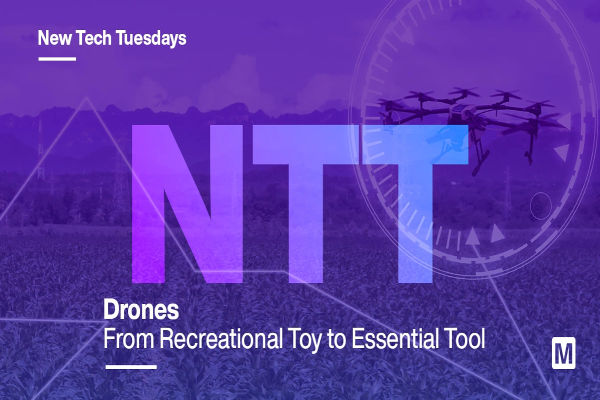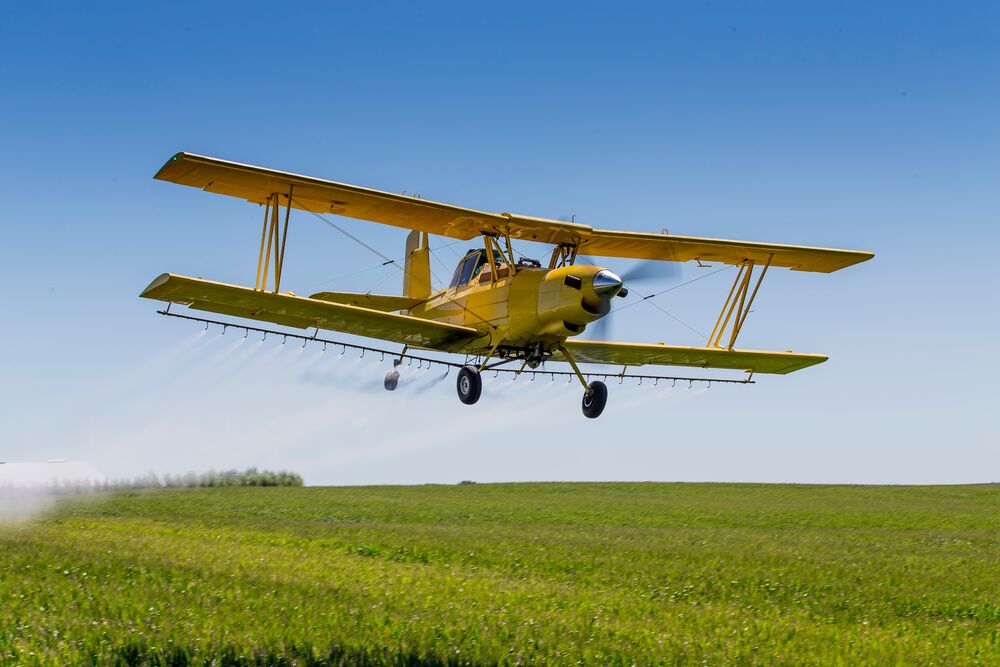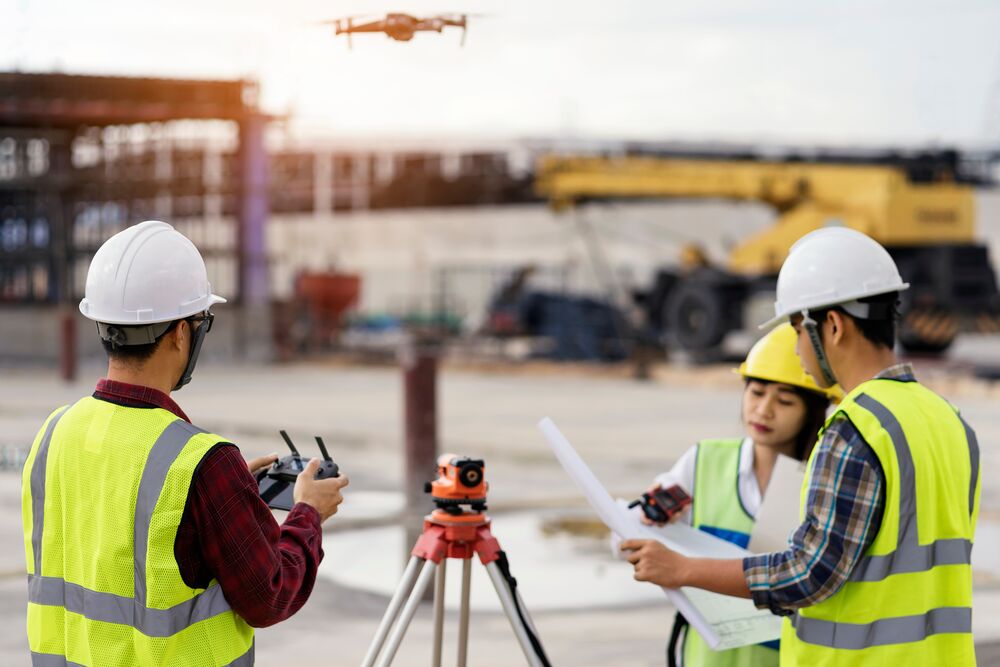 Join Rudy Ramos for a weekly look at all things interesting, new, and noteworthy for design engineers.
Join Rudy Ramos for a weekly look at all things interesting, new, and noteworthy for design engineers.
“A picture is worth a thousand words” highlights the power of visual communication for conveying complex concepts. At the same time, “Use the right tool for the job” underscores the importance of selecting the most suitable tool for any given task. Today’s drones perfectly embody the principles encapsulated by each of these two adages, demonstrating drones’ profound relevance and applicability in modern times. With their ability to capture high-quality images and video, drones now serve as indispensable tools across countless applications, showcasing their unmatched versatility and effectiveness.
This week, we delve into the diverse applications of drones, exploring their pivotal role in extracting insights from aerial imagery.
The View from Above
As a child, I marveled at crop duster airplanes (Figure 1) flying over our area, spraying fertilizer or insecticide on nearby farms. The pilot’s observations informed farmers about crop conditions, but they could only assess the field’s state for that day. To gauge effectiveness, pilots had to return. Today, drones offer farmers real-time aerial views for daily field and livestock assessments.
Farmers are not alone in reaping the benefits of drone technology, as evidenced by its immense and diverse market growth. A recent Gitnux Marketdata Report[1] contained some of the following drone highlights:
- Globally, the drone market is expected to grow to over 42 billion USD by 2025.
- Around 70 percent of the drone market share is held by consumer drones.
- The agriculture sector is expected to account for 60 percent of drone usage in the future.
- More than 30 percent of delivery businesses are planning to incorporate drone delivery methods into their services by 2030.
- Drone usage in the construction industry (Figure 2) has seen a year-over-year growth of 239 percent.

Drones have evolved into essential tools across diverse industries. They revolutionize agriculture, monitoring crop health and optimizing pesticide use. Additionally, drones help operators swiftly assess infrastructure, enhance disaster management with real-time aerial imagery, and aid environmental monitoring by tracking wildlife and assessing air quality. Furthermore, drones play crucial roles in filmmaking, photography, surveying, mapping, search and rescue missions, and urban planning, providing precise data collection and spatial insights for sustainable development.
The Newest Products for Your Newest Designs®
This week’s New Tech Tuesday features products from Texas Instruments and Xsens/Movella that enhance drone technology.
The Texas Instruments LMH34400 Transimpedance Amplifier (TIA) is a fixed-gain, single-ended amplifier designed for light detection and ranging (lidar) applications. Drones can significantly benefit from the LMH34400 TIA due to its ability to accurately amplify signals from lidar sensors, enabling precise distance measurement and obstacle detection during flight. Additionally, the LMH34400’s wide bandwidth allows for rapid signal processing, enhancing drone navigation and obstacle avoidance capabilities, thereby improving flight safety and reliability.
The Xsens/Movella MTi-7 GNSS/INS Module is a compact motion-tracking module with advanced sensor fusion algorithms that synchronize onboard and external inputs, ensuring precise motion tracking. The module integrates Global Navigation Satellite System (GNSS) and Inertial Navigation System (INS) technologies, providing accurate position, velocity, acceleration, and orientation data. Key benefits for drone applications include improved flight stability, precise navigation, efficient route planning, and enhanced safety.
Tuesday’s Takeaway
With their ability to capture high-quality imagery, drones are revolutionizing industries, offering innovative solutions to complex problems from agriculture and infrastructure inspection to disaster management and filmmaking. Drone technology is becoming more accessible, opening doors to endless possibilities and paving the way for a future where aerial innovation knows no bounds.
Sources:
[1] “Drones Statistics: Market Report & Data.” Gitnux, December 20, 2023, https://gitnux.org/drones-statistics/.

Rudy Ramos is a member of the Technical Content Marketing team at Mouser Electronics, bringing 35+ years of expertise in advanced electromechanical systems, robotics, pneumatics, vacuum systems, high voltage, semiconductor manufacturing, military hardware, and project management. As a technology subject matter expert, Rudy supports global marketing efforts through his extensive product knowledge and by creating and editing technical content for Mouser’s website. Rudy has authored technical articles appearing in engineering websites and holds a BS in Technical Management and an MBA with a concentration in Project Management. Prior to Mouser, Rudy worked for National Semiconductor and Texas Instruments.




